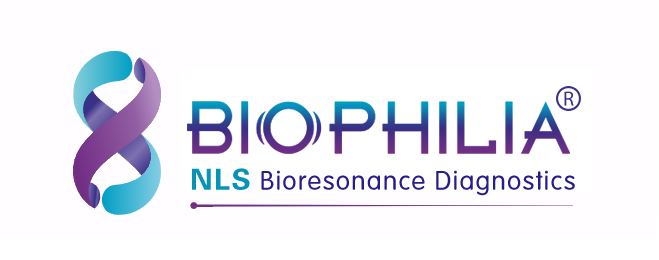Biophilia Tracker X4 MAX for nasopharyngeal examination
- Russell
- May 05, 2023
- 1158
- 0
- 0
In 2006, the Institute of Practical Psychophysics introduced 3D NLS-graphy as an examination method for the first time. Since then, we have gained extensive experience in the diagnosis of various pathologies of the upper respiratory tract. The Institute has developed NLS-graphic semiotics, created spectral etalons for various genetic nasopharyngeal tumors, and formulated spectrum-based differential diagnosis criteria for malignant tumors, benign tumors, and non-tumor pathologies.
The indications for NLS angiography are symptoms related to the development of nasopharyngeal tumors, which can be divided into nasal, ear and nervous system according to localization.
Nasal shortness of breath occurs in localized nasopharyngeal tumors. Nasal breathing is getting shorter and shorter, accompanied by mucopurulent and purulent discharge, and there is a mixture of blood in the nasal cavity. The number of complaints of nasal shortness of breath depends on the exogenous components of the tumor closing the opening and additional inflammation. Bleeding can be detected if there are recurrent ulcers on the surface; it becomes dangerous for angiofibromas.
If the tumor is located on the anterior wall of the auditory tube, Trotter syndrome may occur: hearing impairment in the head on the affected side, neuralgia, numbness of the third branch of the trigeminal nerve, and limited movement of the soft palate on one side. If the tumor is located near the mouth of the auditory tube, the main manifestations are hearing impairment, tinnitus, and ear fullness.
If the tumor spreads to surrounding tissue, neurologic symptoms can occur. If the tumor spreads to the base of the skull, the posterior and lateral walls of the nasopharynx, the most common neurological disorders appear, and symptoms of almost all cranial nerve pairs are detected at the same time: abducens nerve, facial nerve palsy, half of the immobility of the larynx, Adhesions, sensitivity, taste and tongue angle disorders.
The above diseases develop when the tumor persists. In the early stages of the development of nasopharyngeal tumors, the symptoms of the disease disappear, and the first clinical manifestation of nasopharyngeal carcinoma is the appearance of cervical lymphadenopathy in 50% of cases. This fact demonstrates that NPC is characterized by early regional metastatic disease. The size of the primary tumor was not related to the presence of regional metastatic disease. Even in the small and superficial infiltration of the primary tumor, multiple metastases can be detected from the involved side and chiseled and bilaterally, and these metastases are usually located in the deep jugular lymph node group. Massive metastases cause pain and Gorner's syndrome, manifested by constriction of the palpebral fissures, pupillary and eyeball retraction.
Nasopharyngeal examination with modern equipment Biophilia Tracker X4 MAX.
